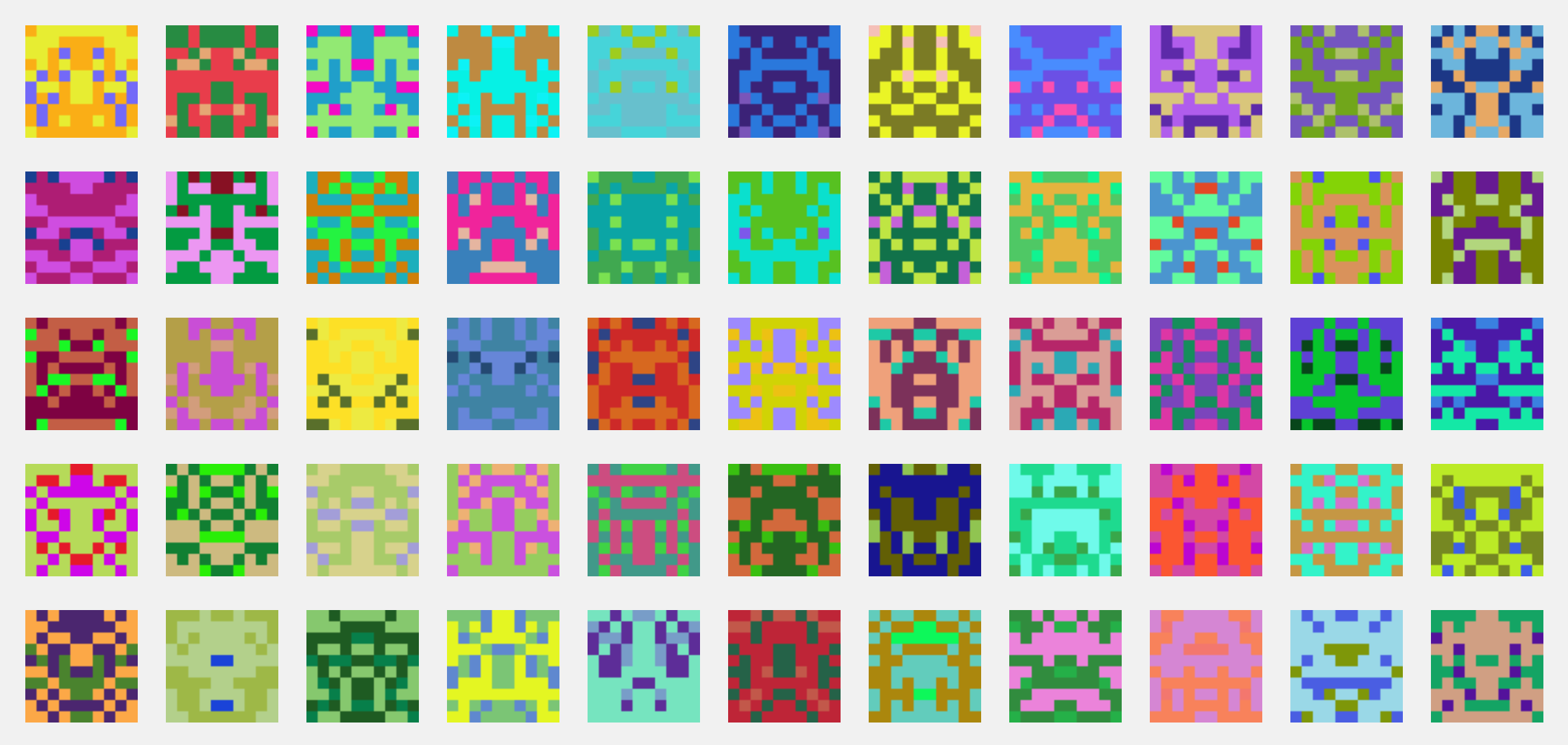Hash Gradient CSS gradient fingerprint from hash.
Summary
Take some hex code, hash it, and then use that to generate a custom gradient.
Goals
These two ethereum addresses appear the same at first glance, but are they?
0x8d5455354d4ce72a50cd55390df690a782a97958
0x8d5455354d3ce72a50cd55390df691a782a97958
By hashing the address and turning it into a gradient, we can visually see that they are different. Even a single character change will result in a completely different gradient.

Blockies are a popular solution for identicons, but I was curious if there was a more space-efficient option that could work in when you wanted to display the actual hex code, like an ethereum address:
0x8d5455354d3ce72a50cd55390df690a782a97958

However, you can see that often colors clash with blockies. This is because they’re not using a perceptual color space. I had the same issue, as you can see below.

Another thing I wanted was to make it easier to visually spot two of the same two hashes in a list:
0x9d3d0eb58dfea38a52f47ada9b716fddbaffe30f
0xfa5dc7f9afe8b25d3f13cf82aaeee40413a2043c
0xe5048cbd4e08ca25153a3b90efbbcf00c5c6fcea
0xecf1a1cd2fdb0eb62012aad9dd80a3c0c7991aaf
0xc4fb60b515f8eaeadbe29b6284ccbb81bdf50b4f
0xff3eccd42371e1dddf62bf6c5e6c54eff7dc9aa7
0x919de6ca87eacae89ed5b7e7f718abd3c79cf119
0xf33f91aaa5f5293cf9ebe5bbe3d7ea8eda5d3b0a
0x9d3d0eb58dfea38a52f47ada9b716fddbaffe30f
0x4e75c86fafd62fcfea4adc81cd37063ddf4678f8
0xc8ae78503c1fa5df07afd655f31ed3bdbcf5fcbd
But with gradients, the duplicates nearly pop out:

Learnings
The perceptual color space turned out to be a great idea. But I’m less convinced that colors will help that much in spotting duplicates. However, they’re still useful for visually ensuring that the hex code is correct.
